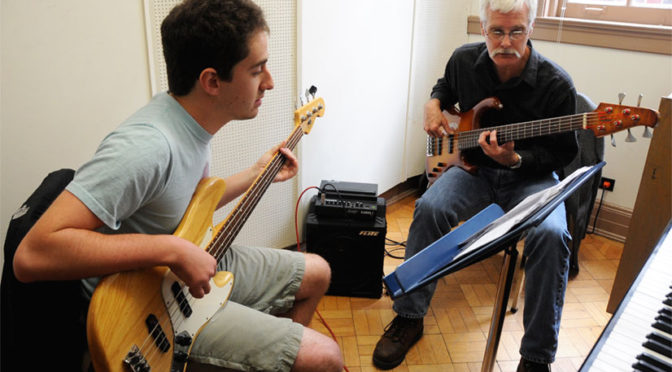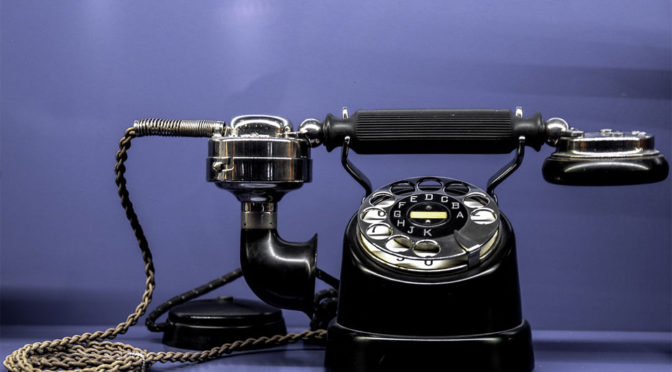You’re a professional musician. You belong to the AFM. As a working musician, you probably compete against others who will play for the door, or bands who will pay club owners to let them play for a piece of the door. Don’t play their game. There are a lot of wannabe, has been, and never-will be musicians out there who want to work, fight for radio airplay, and deal with recording and contractual issues where sometimes money is secondary. You not only want to compete, you want to excel. You want people to know about you, and for them to be able to reach you quickly and effortlessly.
Most musicians have their own websites and downloadable demo tracks. Everyone has PR kits and demo CDs. You need business cards, and you need to be readily accessible. Every promo piece I’ve seen has an email address. It’s good that someone can email you, but what if they need to get a hold of you right now? Maybe it’s a corporate gig that a committee is meeting on. Maybe it’s a group that has a job starting at 9:00 p.m. tonight and needs a replacement for someone who can’t make it. Make sure your cell phone number is listed. Email is not going to do it.
In Nashville recently, an artist at the NAMM Show gave me her CD, along with a business card and asked if I would give her my opinion on it. There was no phone number on her card, just an email address. I asked how I could call her, if there is no phone number on her card. She said to email her. She told me she doesn’t list her phone number because she travels constantly and she didn’t want to get a lot of weird calls from guys who were interested in something other than booking her. I could understand that, but no phone number can hurt a career. The easiest thing would be to list a cell phone number, not a land line (even if you have one). Cell phones give you caller ID. A caller doesn’t know where you are when they are calling.
How easy is it for someone to reach you? Here’s a little checklist for things you need to make yourself accessible to someone who wants to book you:
- A phone number where you can be reached. The more numbers (cell, home, agent, etc.) the easier it is to be found when someone needs you to play.
- A voice mail message with your name, group’s name, and best time to reach you.
- An address—street or PO box/city/state, so people know if you are local and where you are travelling from.
- An email address set up with auto email response for when you can’t check frequently, but want to get a message to people to let them know when you will get back to them, and other ways to reach you.
- Facebook, Linkedin, Twitter, Instagram, and other social media handles that are clever, simple, and easy to remember.
- A professional website with contact information, demo tracks, a calendar of appearances that is updated regularly, and links to you on social media.
- A decent business card with all of the contact information listed above and social media handles.
- A postcard-size handout with info on your upcoming gigs that you can give to anyone interested in you or your group. (It should contain all the contact information listed previously, as well as social media links.)
- A PR kit with a YouTube link to your band and/or a demo CD or DVD. Each piece of your PR kit should contain contact information and social media handles. Make sure it defines your act and makes you stand out from the competition.
Okay, there are nine things to make you more accessible when someone wants to book you. How many of them do you have? As a professional AFM musician, you don’t want to hide your light under a bushel. Let yourself shine out there. Make yourself easy to find.













